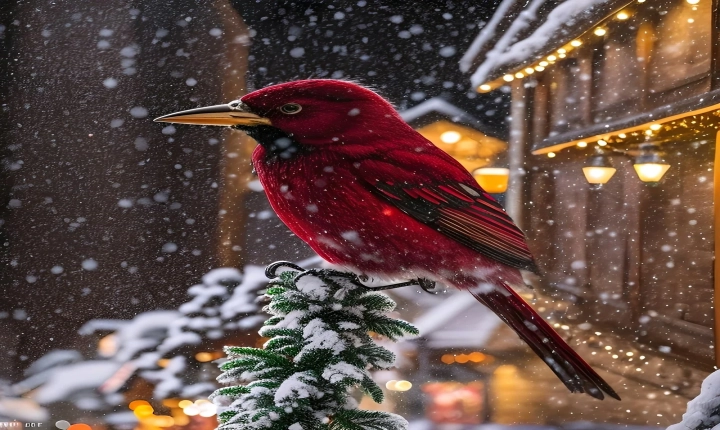Title: How to Make Your Own AI Image Generator
Introduction:
AI image generators have exploded in popularity in recent years, allowing users to create stunning, realistic images with just a few clicks. These generators use complex algorithms known as Generative Adversarial Networks (GANs) to produce high-quality images that are virtually indistinguishable from real photographs. In this article, we will discuss how you can create your very own AI image generator using Python and TensorFlow, a popular machine learning library.
Step 1: Understand GANs
Before diving into the implementation, it’s crucial to understand the underlying concept of Generative Adversarial Networks. GANs consist of two components – a generator and a discriminator. The generator’s role is to create realistic images from random noise, while the discriminator learns to differentiate between real and generated images. These two components are trained together in a competitive fashion, with the generator constantly trying to produce better images to fool the discriminator.
Step 2: Set Up Your Environment
To build an AI image generator, you will need to have Python and TensorFlow installed on your machine. You can install TensorFlow using pip, a package manager for Python. Once you have TensorFlow installed, you can start creating your image generator using its powerful machine learning capabilities.
Step 3: Design the Generator Model
In TensorFlow, you can create a neural network for the generator using its high-level Keras API. The generator model typically consists of multiple layers of convolutional and upsampling layers, designed to transform the input noise into realistic images. You can experiment with different architectures and hyperparameters to achieve the desired output quality.
Step 4: Design the Discriminator Model
Similarly, the discriminator model can be created using Keras, with layers of convolutional and downsampling layers to process the input images and make a judgment about their authenticity. This model is then trained to distinguish between real and generated images.
Step 5: Train the GAN
With both the generator and discriminator models in place, you can now train the GAN by alternating between training the generator to produce more realistic images and training the discriminator to become better at distinguishing real from generated images. This adversarial training process continues until the generator is capable of producing high-quality, realistic images.
Step 6: Generate Images
Once the GAN is trained, you can use the generator to create new images by feeding it random noise and obtaining the generated output. These generated images can be saved and used for a variety of applications, such as art, design, or even as training data for other machine learning tasks.
Conclusion:
Creating your own AI image generator can be a challenging yet rewarding experience. By understanding the concepts behind GANs and leveraging the power of TensorFlow, you can build a sophisticated image generation system that can produce stunning visuals with remarkable realism. With endless possibilities for customization and improvement, the AI image generator you create can serve as a powerful tool for creativity and innovation.
